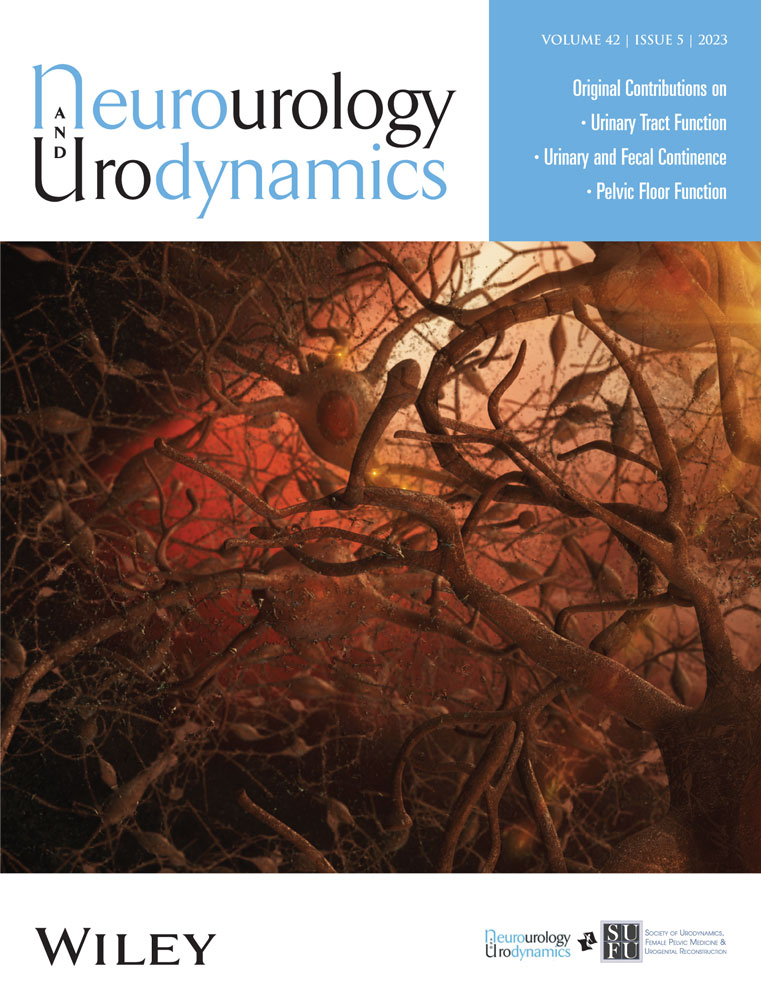Pelvic floor investigations for anal incontinence: Are they useful to predict outcomes from conservative treatment?
Oral presentation at ESCP Vienna (September 25-27, 2019).
Abstract
Aims
There are several options for treating anal incontinence (AI), with limited success rate in long-term follow-up. Patients' selection is important to avoid unnecessary investigations and therapies. The aim of this review is to assess the utility of pelvic floor investigations to predict success from conservative treatment in AI.
Methods
Baseline demographics, severity scores, and pelvic floor investigations of 490 patients with AI symptoms were retrospectively reviewed. Patient-reported outcomes were used to define success of conservative treatment.
Results
Bivariate analysis showed that gender, St Mark's incontinence score, Bowel continence and quality of life domains of International Consultation on Incontinence Modular Questionnaire–Bowel symptoms score, Bristol stool chart, anal squeeze pressure, enterocoele, leak of contrast at rest, and dyssynergia in defecography were associated with patient's outcomes from conservative treatment (p < 0.05). Multivariate analysis showed that only the Bowel continence score was an independent predictor of patient's success with treatment.
Conclusions
Pelvic floor investigations are of limited value to predict success of conservative treatment and they should be reserved for patients who fail noninvasive management and might require surgical intervention.
CONFLICT OF INTEREST STATEMENT
The authors declare no conflict of interest.
Open Research
DATA AVAILABILITY STATEMENT
The data that support the findings of this study are available on request from the corresponding author. The data are not publicly available due to privacy or ethical restrictions.




